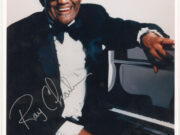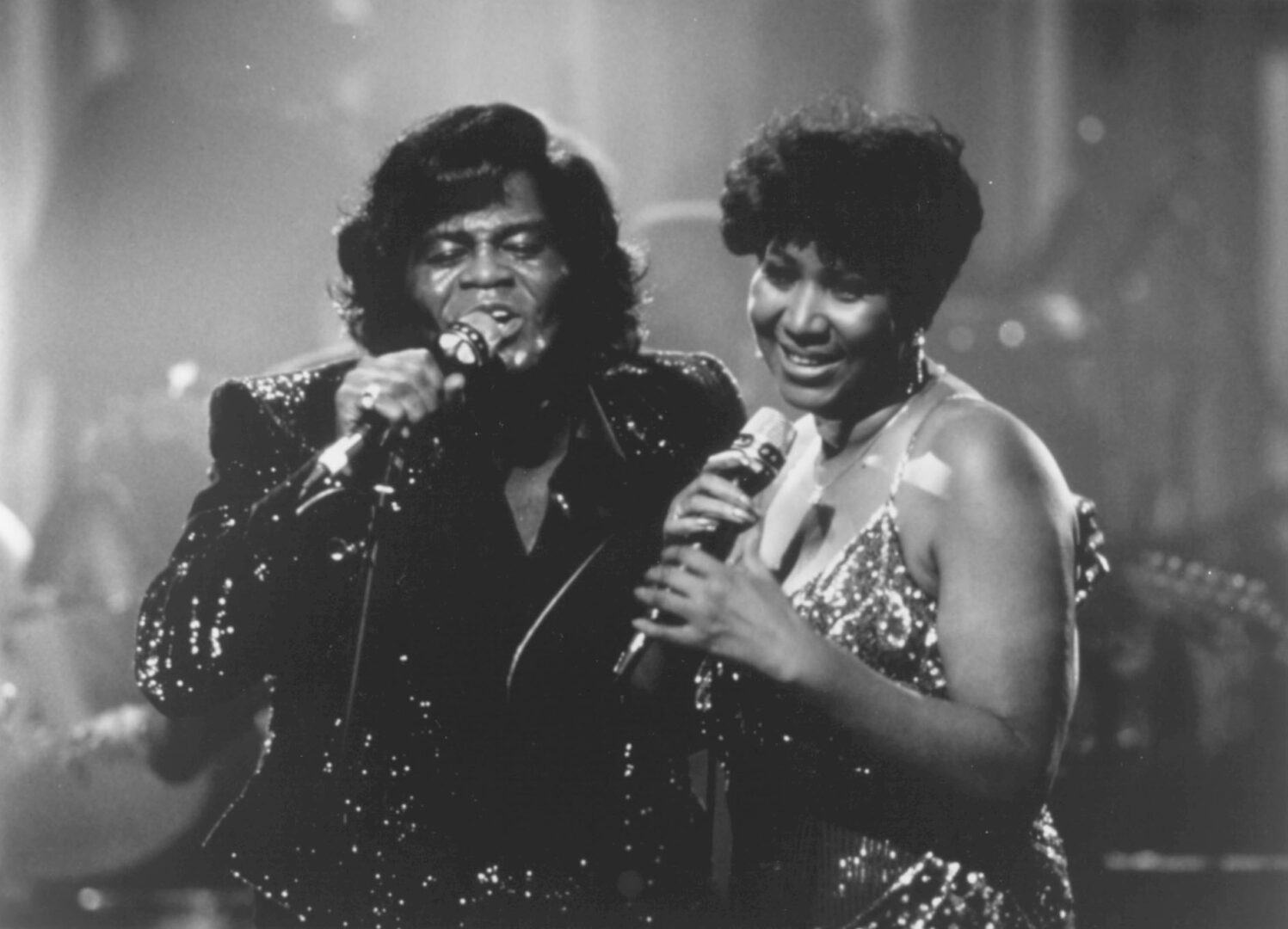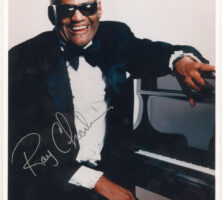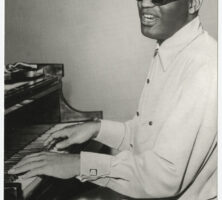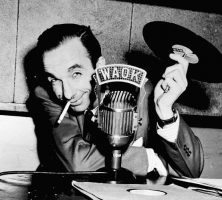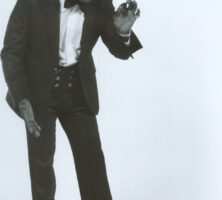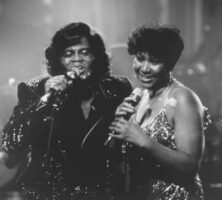Rhythm and blues (R&B), which combines soulful singing and a strong backbeat, was the most popular music created by and for African Americans between the end of World War II (1941-45) and the early 1960s. Such Georgia artists as Ray Charles, Little Richard, and James Brown rank among the most influential and innovative R&B performers.
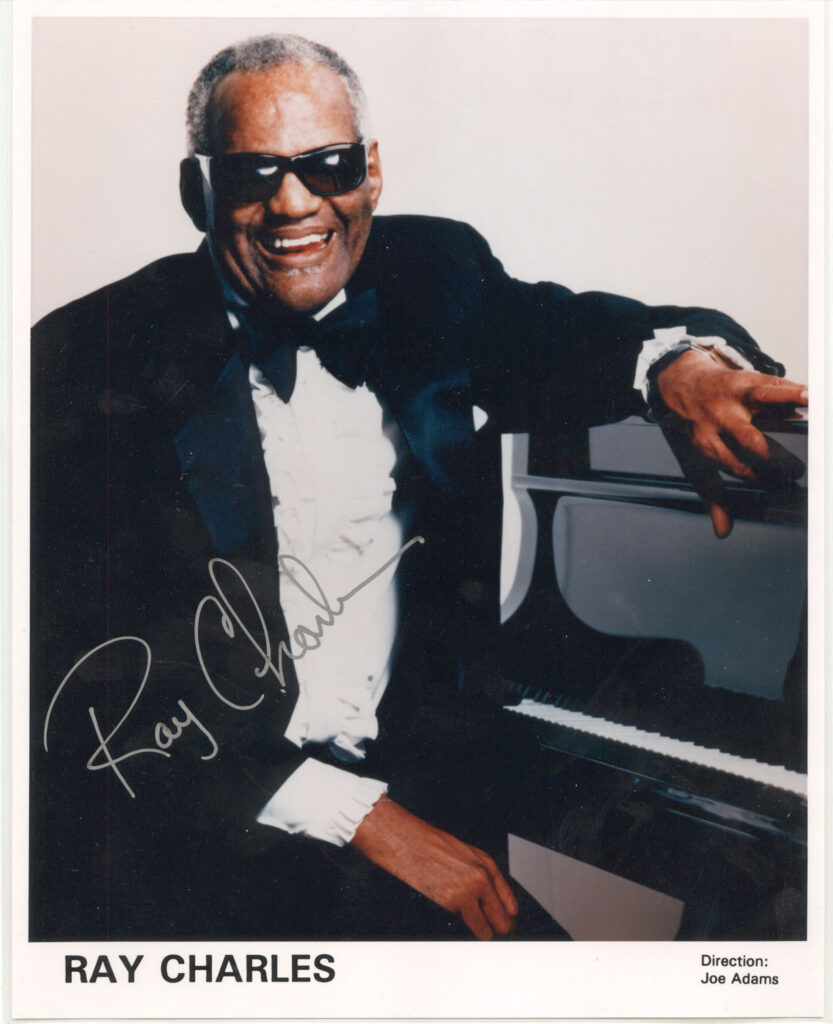
Courtesy of Hargrett Rare Book and Manuscript Library, University of Georgia Libraries.
Surging employment during World War II accelerated the migration of the rural poor to cities and helped create a younger, more urban Black audience. By 1946 the decade-long dominance of swing music was fading, but the demand for exciting dance music remained. Early R&B artists broke away from the big band formula by typically performing in small combos and emphasizing blues-style vocals and song structures. Saxophone and piano were still prominent, but electric guitar and bass added volume and intensity, making the new sound ideal for radio and jukeboxes.
Billboard magazine coined the term rhythm and blues to rename its “race records” chart in 1949, reflecting changes in the social status, economic power, and musical tastes of African Americans. Promoted by new, independently owned record labels and radio stations marketed to Blacks, R&B also captured the imagination of young white audiences and led directly to the popularity of rock and roll.
The focal point for early R&B in Georgia was Atlanta, where venues like the Municipal Auditorium, the 81 Theater, and the Royal Peacock Club offered live acts. WERD, purchased by J. B. Blayton in 1949, was one of the first Black-owned radio stations in the country, and its R&B format was an immediate success with Atlanta listeners. Zenas “Daddy” Sears, a white disc jockey with close ties to Atlanta’s Black community, started a late-night R&B show on WGST in 1948 and became a prominent local talent scout and promoter. In 1956 he purchased WAOK, hired an integrated staff, and switched it to an R&B format.
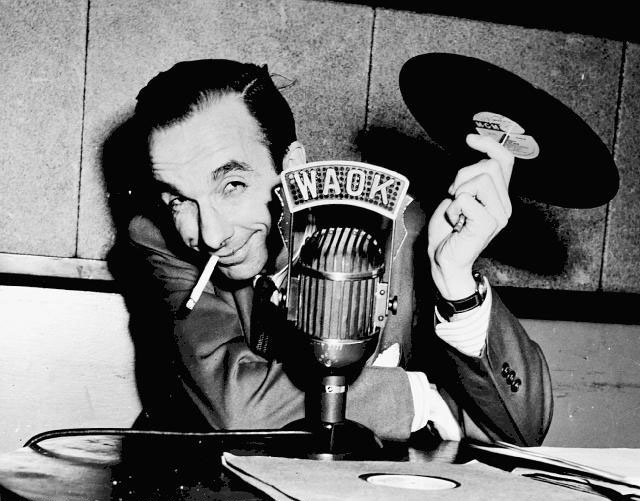
Courtesy of Special Collections & Archives, Georgia State University Library.
One of many local artists popularized on Sears’s broadcasts, Piano Red (Willie Lee Perryman) developed a barrelhouse style, a loud percussive type of blues piano suitable for noisy bars or taverns. Perryman played around prewar Atlanta with blues greats Barbecue Bob (Robert Hicks) and “Blind Willie” McTell. He released five R&B top ten hits in 1951 and charted again as Dr. Feelgood in the early 1960s. For many years he was the house pianist at Muhlenbrink’s Saloon in Underground Atlanta.
Chuck Willis was singing at block parties, dances, and talent shows in Atlanta when he met Zenas Sears, who became his manager. Willis had hits on both the R&B and pop charts from 1956 to 1958. He was also a successful composer whose songs were recorded by Elvis Presley, Buddy Holly, and others. A month after he died in 1958 from stomach ulcers at the age of thirty, his song “What Am I Living For” hit number one on the R&B charts.
Born in Albany, Ray Charles was equally talented as a pianist, singer, and arranger, and his career spanned R&B, blues, country, gospel, and pop. His first national hit, “I Got a Woman,” propelled by a jumping horn riff and Charles’s moaning vocals, was recorded at the WGST studios in 1954. In this and later recordings, Charles mixed blues and gospel styles, laying the groundwork for the emotional, churchy vocals of soul music.
Little Richard (Richard Penniman) advertises himself as “the originator, the emancipator, and the architect of rock and roll.” His claim, though arrogant, is well warranted. Known for his ecstatic singing and pounding piano, the Macon-born performer released a series of wildly energetic records from 1955 to 1957, including “Long Tall Sally,” “Rip It Up,” and “Tutti-Frutti,” that crossed over from the R&B chart to the pop chart. He appeared in several early rock-and-roll movies, and his hits were covered, but not surpassed, by Pat Boone and by the Beatles.
No R&B performer has been more influential than singer and bandleader James Brown. Brought up in Augusta, Brown became known as the “hardest-working man in show business” for his relentless touring and explosive stage performances. His first hit was “Please, Please, Please” (1956). His million-selling Live at the Apollo album (1963) achieved unprecedented crossover success. Starting with “Papa’s Got a Brand New Bag” and “I Got You (I Feel Good)” in 1965, Brown evolved a new, funky style that emphasized intense rhythmic interplay between vocals, horns, guitar, and drums. He was a constant presence on both R&B and pop charts through the social turmoil of the 1960s and early 1970s and achieved recognition not only as a performer but also as a symbol of Black pride and self-sufficiency.
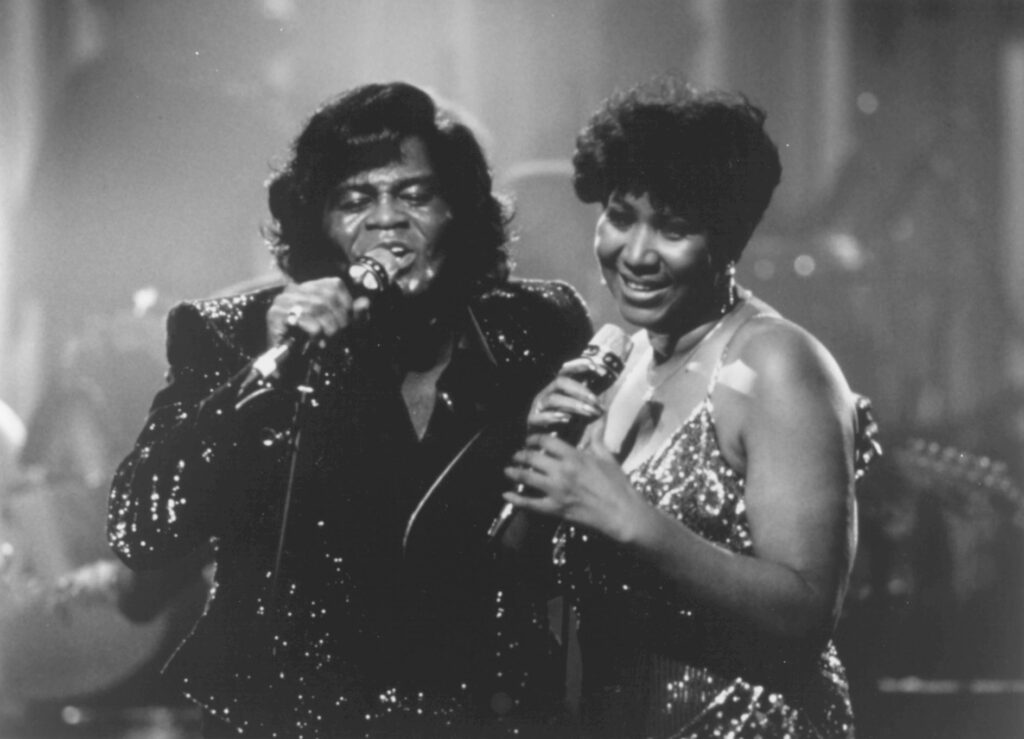
Courtesy of Atlanta University Center, Robert W. Woodruff Library Archives.
In 1986 Ray Charles, Little Richard, and James Brown were among the first inductees into the Rock and Roll Hall of Fame in Cleveland, Ohio.
The end of the classic R&B period was marked by Billboard magazine’s short-lived decision to combine its pop and R&B charts in 1963. Since then “R&B” has been used more broadly to encompass a range of Black musical genres, including soul, funk, disco, and rap.


